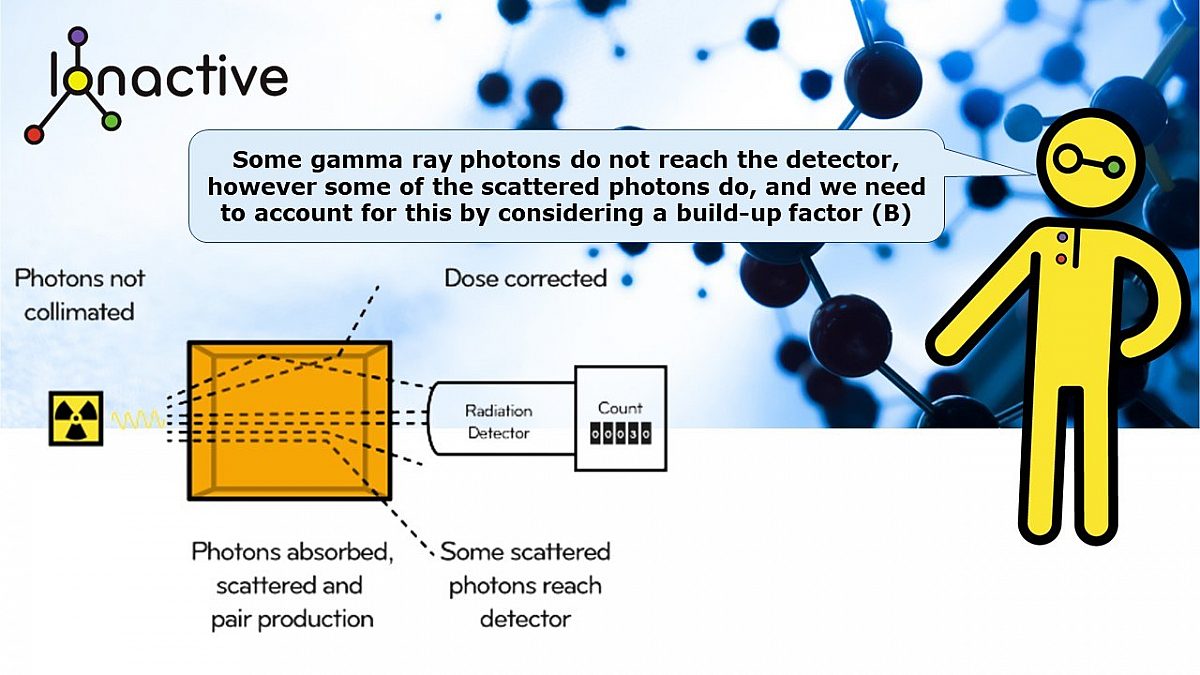Ionactive radiation protection resources - an update for 2023
Published: Feb 26, 2023
(If you would rather explore the complete resource hub yourself then please visit: Radiation Protection Resources).
Recent radiation protection resource on the Ionactive website
It's tough going, but immensely enjoyable spending time time updating and adding content to the Ionactive website. Tough - because there is never enough time! This is why content addition might appear a little random, nothing for months and then a rush of new resource. Sometimes it is significant events or anniversaries of events which prompts us to upload content. Here are a few highlights from the last few months, the first being our previous blog article on the new IRR17 content system.
New IRR17 consent system
There are some significant changes coming to users of ionising radiation in the UK, specifically those engaged in the most potentially high risk activities which require a consent under IRR17 (Ionising Radiations Regulations 2017). The new system / process requires that an employer seeking a new consent for the first time submits a safety assessment (SA), local rules and contingency plans for appraisal by the regulator. If this is satisfactory then the regulator will carry out a site inspection of the practice. If that is satisfactory a consent certificate will be issued, after several £1000's have been paid in fees. If an employer is already a consent holder when the new system comes in, then they will be picked at random to undergo a similar process in order to retain the consent. Renewal of all consents will take place over a period of 5 years.
To read all about this new system - head over to this Ionactive blog article: New UK Consent process for users of Ionising Radiation (as of February 2023).
How do I convert TVT to HVT (or the other way around)?
Recently we have been updating our Radiation Protection Rules of Thumb and FAQ area. This appears to be a popular area of the site based on the web statistics.
One article covers TVT (10th value thickness) and HVT (1/2 value thickness) which are important terms in simple radiation (photon) shielding issues. This article can be found here: How do I convert TVT to HVT (or the other way around)?
How do I convert TVT (10 value thickness) values to attenuation for Gamma or X-ray sources of radiation?
This next example considers TVT and HVT in a little more depth and examines how we can determine the attenuation from fractions of them. This article can be found here: How do I convert TVT (10 value thickness) values to attenuation for Gamma or X-ray sources of radiation?
How reliable is TVT (10th Value Thickness) in radiation shielding calculations?
There is nothing difficult in this resource, but this moves the discussion of TVT and HVT up another level. We consider the use of lead shielding with Cs-137 and generally the data books suggest that the TVT is 22mm. We have tested this practically and our own radiation monitoring results seem to support this. However, why is it 22mm, and is 22mm the correct value in all cases? For this resource we go back to basics and consider the attenuation equation I=Ioe-µt and later the modified equation which also considers buildup - I=Io x B x e-µt. The article shows we can derive 22mm lead (for Cs-137 TVT) by considering linear attenuation coefficients and buildup factors. Yes, this could be achieved using modern computer shielding models, but this will help explain how they work. This article contains a nice set of illustrations, for example:

Buildup factor for shielding of gamma ray photons
If you think this might be of interest then please head over to the resource at the following link: How reliable is TVT (10th Value Thickness) in radiation shielding calculations?
Radiation protection units and conversions
During December 2022 we released a number of articles under the above banner - radiation protection units and conversations. There is a lot of material regarding this subject matter on the internet but this did not dissuade us from having a go.
Take this resource for example - Radiation Exposure - Dose and Dose Rate (the Gray & Sievert). This discusses the use of the Gray and Sievert practically (with a little background explanation included). (Vanity alert!) - this resource has been popular online and often comes ahead of Wikipedia, which is quite comforting considering how small Ionactive is compared to the masses out there.
Radiation Protection Glossary
We are slowly (as time allows) upgrading this resource - reviewing current terms and adding new terms. Whilst our glossary does need a little work, it remains one of the only available radiation protection resources which is relational. It is not a simple a list of terms, from any entry you can click through to other glossary entries. The resource is totally searchable throughout.
We are also adding explanations which are not detailed enough to warrant a separate article, but are typically more detailed than you might find in a typical glossary. An example of this is 10th Value Thickness (TVT).
This glossary invoice top level resource can be found here: Radiation Protection Resource.
Radiation Protection Links
We continue to curate a large radiation protection links section.

Ionactive radiation protection links
Google, and other search engines, are great at seeking out information - to be served up upon a search request. Ionactive takes advantage of this, and generally our website appears to perform well for many of the relevant search terms. However, we still believe there is room for a curated set of radiation protection related links - links that have been visited and assessed by Ionactive.
The challenge is to make sure the links remain valid, we check this often but if you find a dead link then please do let us know.
This resource can be found here: External radiation protection links.
There ends a round up of some of the more recent new (or updated) resource on the Ionactive website. Please visit often and let us know what else you would like to see.

Ionactive resource hub of radiation protection resource
